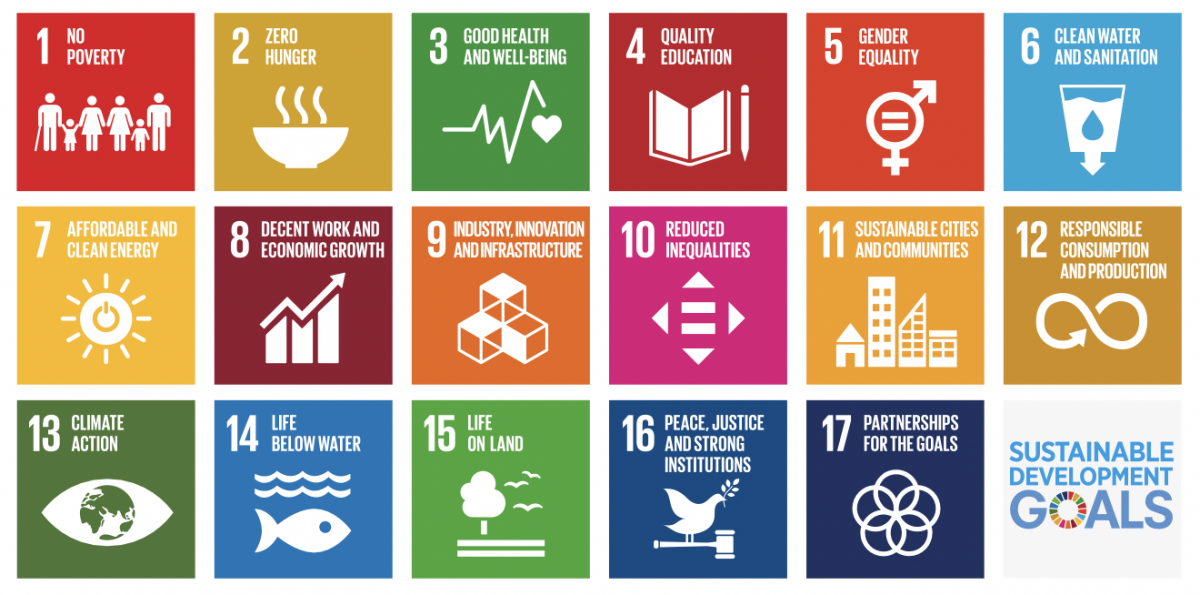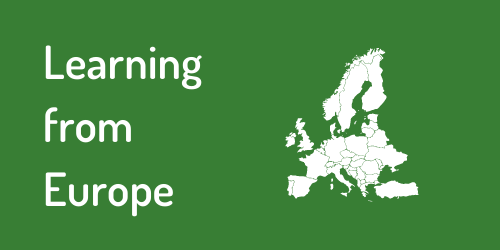World Health Organization European Healthy Cities Network
World Health Organization European Healthy Cities Network
World Health Organization European Healthy Cities Network
Over the last thirty years, encompassing six phases, the WHO European Healthy Cities Network has been a platform for inspiration and learning for European cities. The principles, methods and vision of Healthy Cities have remained true to the strategic goals of the Network, since its foundation in 1988:
- to promote action to put health high on the social and political agendas of cities
- to promote policies and action for health and sustainable development at the local level, emphasising addressing the determinants of health and equity in health
- to promote intersectoral and participatory governance for health, well-being and equity in all local policies and integrated planning for health
- to generate policy and practice expertise, good evidence, knowledge and methods to promote health in all cities in the WHO European Region
- to promote solidarity, cooperation and working links between European cities and networks of local authorities, and partnerships with agencies concerned with urban issues
- to increase the accessibility of the Network to all WHO European Member States
Healthy Cities Vision - People, Place, Participation, Prosperity, Peace & Planet
Each phase has emphasized and introduced new themes to member cities. The current overarching WHO framework for global health is the United Nations 2030 Agenda for Sustainable Development, consisting of 17 ambitious Sustainable Developments Goals (SDGs), which is aligned with WHO Europe’s United Action for Better Health.
For Phase VII, the WHO Healthy Cities Network has identified six core themes: People, Place, Participation, Prosperity, Peace and Planet and within each of the themes there are a number of priorities that represent areas for improving health and well-being and reducing health inequalities.
WHO European Healthy Cities organizational structure
Cities participating in Phase VII work individually and in partnership with each other and with WHO to develop knowledge, tools and expertise that can benefit their own city and all cities in European Member States. Structurally, the WHO Healthy Cities Network has four components in Phase VII:
- The network will include 100 cities and 35 national networks from all 53 WHO European Member States.
- The governing body will be the full meeting of the Network at the Annual Business Meeting and Technical Conference.
- The network will be supported by a number of committees representing the diversity of the network including a Political Committee, with representatives from cities across WHO Europe and a Scientific and Advisory Board, with technical experts from within and external to WHO.
- Subnetworks: taskforces and working groups will be established to support designated national networks and cities to develop technical guidance and training materials to support implementation of Phase VII.
The Sustainable Development Goals





